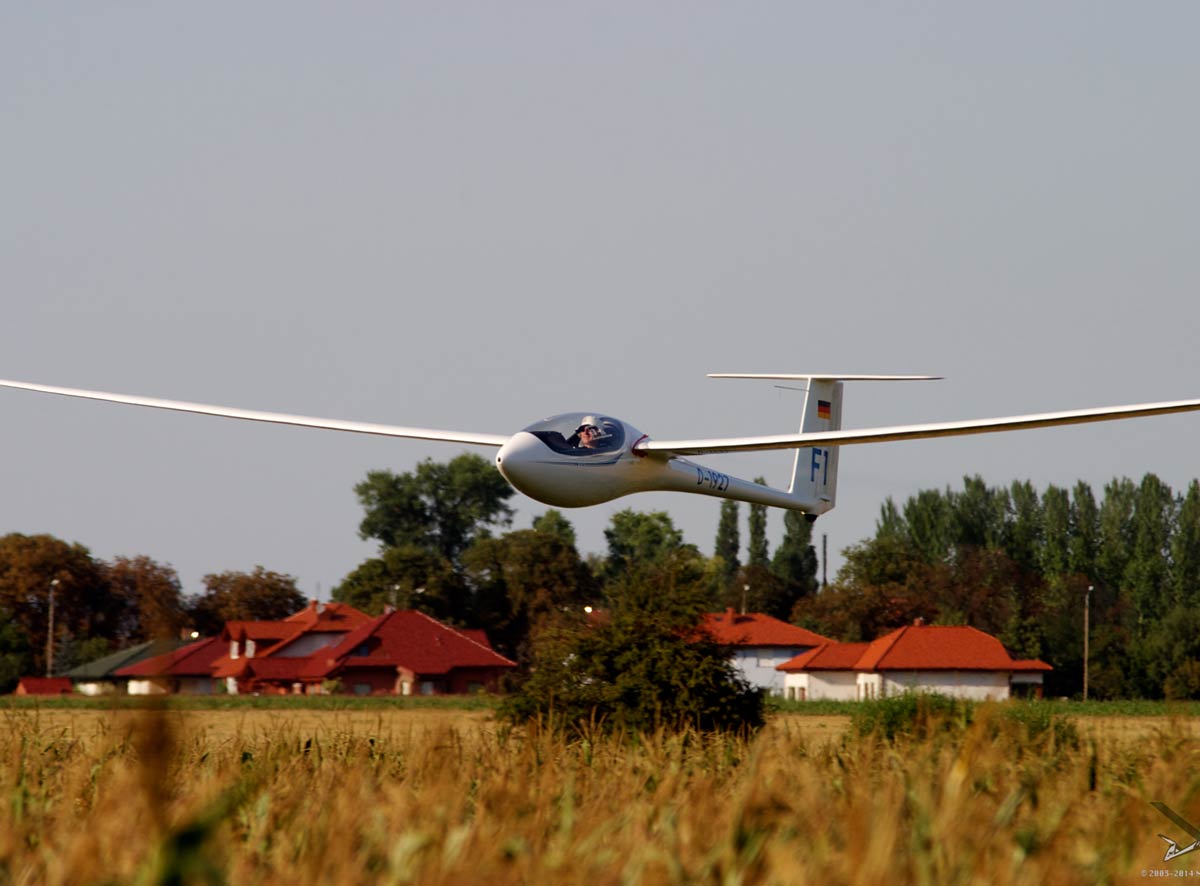Cruising in Netto

The Nimbus pilot who will not be named is at it again... I almost feel bad because I charge him shop rates to fix his problems, then he gives me a wealth of material for the newsletter. I received a frantic call that I need to fix the vario in his glider, because it is screwed up, again. Honestly, the computer has had its share of problems and has been back to the factory, installation errors (not me), wind errors, etc... So surely it must be a problem with the instrument.
The 'issue' was the total energy was not working and it must be wrong in a setting or plumbing. So here goes an hour troubleshooting electronics and potentially testing the static system.
Turns out the system was working perfectly and the other owner, Sean, had the settings correct. However the unnamed owner was not listening to that part of the phone call with Sean. In cruise, the vario needle worked as a netto vario. So it was taking into account the performance of the glider. So even though he would speed-up and cruise at 80 knots the vario was not having any correlation with the sink rate of the glider and it wasn't behaving like the speed-to-fly needle he was used to.
When they encountered lift they could feel it, start pulling, see the needle climb, then as they started thermalling the needle would drop and not indicate with what they just pulled up in. The vario in thermalling was set to show total energy. The drop would come from the sink rate of the glider. Depending on the timing of the pull-up it could be off too (I generally don't have this problem as it doesn't take me 4 turns to center).
Prior to the last WGC flying with Mike, I generally set my cruise vario to show speed-to-fly, then set the dead band (audio) pretty wide so it doesn't make much noise until I am well off the correct speed for the MC setting. However one of our goals at this contest was to use the air better than our competitors (sounds easy in practice...actually it doesn't and it wasn't). This was key because we had to make up for our lighter wing-loading.
I still had a navbox showing what the speed-to-fly should be, that way we would get an idea of what the MC speed is. Having the netto vario displayed would show the slightest change in the airmass. Even while cruising and descending the netto vario might show 0, meaning the airmass was not moving up or down. When the vario starts to show some positive you know the airmass is starting to rise a little. Which means you might be approaching something better vs you might be just flying too fast.
Speed-to-fly will do a similar thing by telling you to slow down a little. But the netto vario is a little easier to understand how fast the airmass is going up or down.
Then as you get into the thermal you can see quickly how fast it is going up. Of course you have to think the thermal is going up at 4 knts, does not mean YOU will be going up at 4 knts. In the Nimbus you are going to be lucky to go up at 3 knts, however when you think in terms of thermal strength and not climb rate it works out OK. Because you can remember what the trend was in the last thermal or how the day has been going. The last thermals showed higher then what what you actually climb at.
Normally you are also trying to feel the thermals. How does this one feel compared to the last one, etc.
I remember when the Cambridge 302 came out and they had "super netto." At the time I could not figure out why that was so desirable. I would rather just know speed-to-fly. Then not pay too much attention as you would do a lot of pushing and pulling on the stick to keep the needle flat. George Lee had us flying block airspeed, where we would set the MC setting then follow the trend of what the needle said to do. Paying more attention on outside and finding the best thermal.
Watching some of these pilots under the clouds and using each little part of the air, made me wonder...how? I still am leaning towards some small anti-gravity assist. I can follow right behind them and not find the same air. But flying with netto was definitely showing some promise and helping to feel the air electronically.
Banner Photo: Mika Ganszauge
 Garret Willat holds a flight instructor rating with over 8000 hours in sailplanes. His parents have owned Sky Sailing Inc. since 1979. He started instructing the day after his 18th birthday. Since then, Garret has represented the US Junior team in 2003 and 2005. He graduated from Embry-Riddle with a bachelor's degree in Professional Aeronautics. Garret represented the US Open Class team in 2008 and 2010 and the Club Class team in 2014. Garret has won 3 US National Championships.
Garret Willat holds a flight instructor rating with over 8000 hours in sailplanes. His parents have owned Sky Sailing Inc. since 1979. He started instructing the day after his 18th birthday. Since then, Garret has represented the US Junior team in 2003 and 2005. He graduated from Embry-Riddle with a bachelor's degree in Professional Aeronautics. Garret represented the US Open Class team in 2008 and 2010 and the Club Class team in 2014. Garret has won 3 US National Championships.



